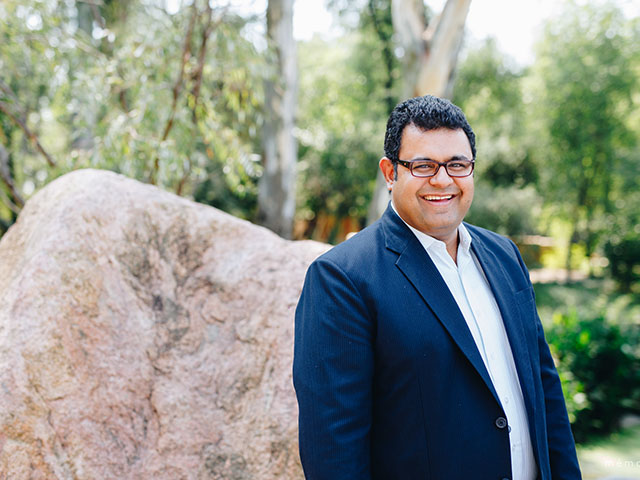By Kumar Utpal, Regional Sales Manager for Banking and Insurance at In2IT Technologies
Most people have heard stories about inefficiencies, unexpected costs or redundant re-testing while visiting medical facilities across the globe. I have a few, such as having to re-run tests because my regular specialist couldn't be reached.
The typical healthcare patient is as a result, often caught between a rock and a hard place. This, as they are forced to adhere to the billing practices of the healthcare practitioners, which are frequently reinforced by insurance companies. Couple this with the knock-on effect of activities in the market and the result is a healthcare system that sits out of reach of many South Africans.
While there are some healthcare providers that may act unscrupulously, the overall system appears to have emerged from meeting a number of shortcomings. For example, one reason why we seem to run and re-run tests every time we visit a new doctor is that we lack universal health records.
There are also other factors to consider, such as regulation. In markets where the healthcare sector is managed at multiple layers, such as Austria and Sweden, costs are also much lower and more transparent. But major gains can be achieved across the board if we can get everyone - patients, providers, and insurers - on the same page.
I can propose three steps to realising this.
The first is to create a consolidated and centralised history of a patient. The second thing is to integrate systems between healthcare providers, health insurance, and intermediary agencies. And the third one is regulatory information, which comes in the form of giving and receiving feedback for different hospitals, healthcare centres, and practitioners.
All the stakeholders would benefit from these steps. A patient's record consists of two areas: the information about their consultations and treatments, and their lifestyle information. Medical practitioners gather the former and insurers collect the latter. Combined, they would make for a potent source of diagnostic data and radically cut down on testing and consultation costs.
Providing and accessing practitioner performance information will also create happier customers and inform regulatory choices. If the medical industry had something akin to TripAdvisor, the overall quality of treatment will improve and also help the industry self-regulate while making customers happy. Unhappy customers and rising costs will inevitably lead to state intervention. A positive feedback loop between practitioners and patients would counter that.
There are, of course, many considerations to make such a consolidated approach successful. Foremost is respecting personal information laws and avoiding security problems. But that is a challenge: healthcare is already not a very secure place for data.
Moreover, criminals frequently attack healthcare systems, and smaller targets such as GP offices are becoming prime targets. The 2019 Healthcare Data Breach Report finds that, in the US, every state except two had healthcare breaches last year that affected 500 or more patient records respectively. Yet, this is not a problem limited to that country. It's happening everywhere, and a fractured, siloed healthcare system can't fight that onslaught. A modern, integrated data-driven industry will also embrace the measures that ensure security from hospitals to GP offices.
So, how can we start creating such an industry? Technology provides many opportunities. For example, blockchain systems can regulate data and help keep patient records secure. There is already a local IT company that are using blockchain to help run anonymous-yet-secure blood donation and distribution networks. There is also the amazing integration capability of the cloud and the emerging applications of IoT technologies.
Healthcare problems won't be addressed overnight, but they are solvable if we start building a cohesive and unified system. At the moment, healthcare systems are outdated, inefficient, and in disarray - and ultimately, it's patients who pay the price. If South Africa wants to create healthcare for all, we can use technology to get everyone on board.





